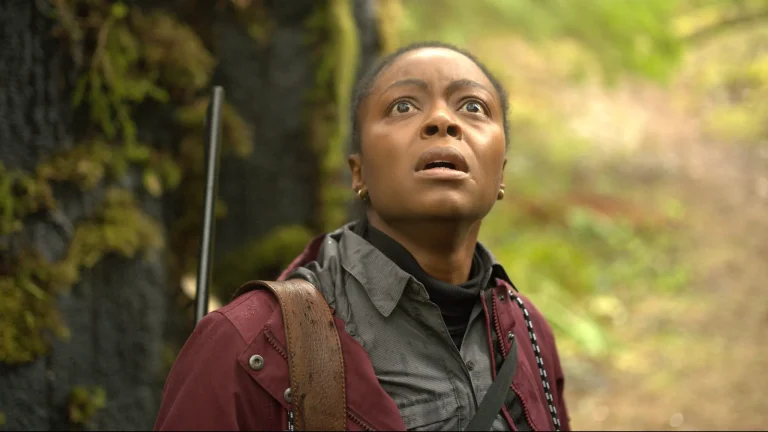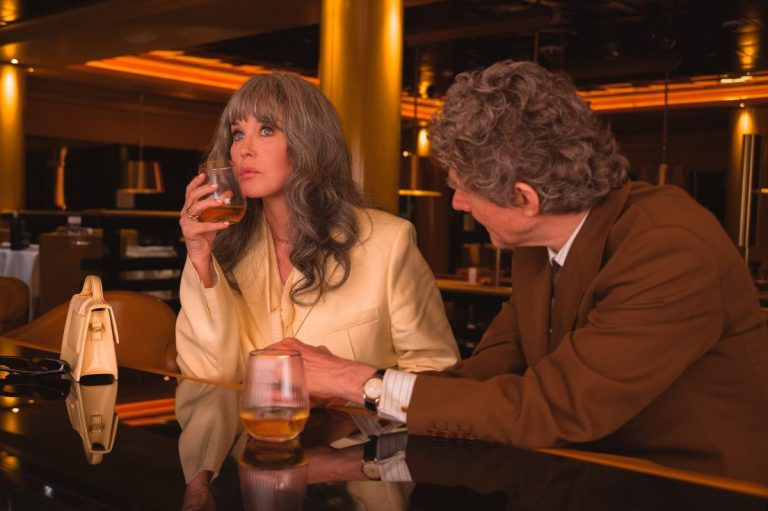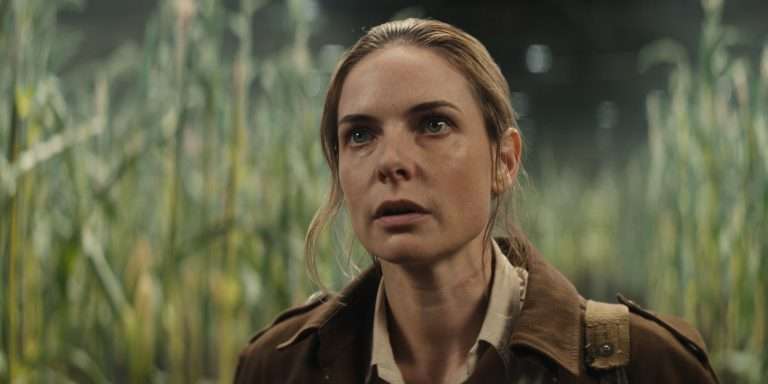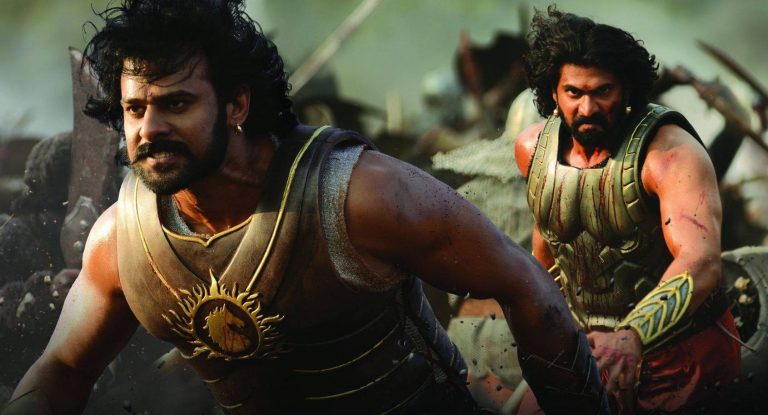“Stan Lee,” the documentary produced by Disney and directed by David Gelb, is a glowing tribute to the icon of Marvel Comics, the man who the world knows as Stan Lee. Lee was the co-creator of Marvel’s many iconic heroes like Spider-Man, Iron Man, X-Men, and The Hulk. The documentary works more as a tribute chronicling the high points of Lee’s life, glossing over some of the objectionable aspects of Lee’s fiefdom at Marvel Comics. In that way, “Stan Lee” is a successful and well-structured documentary that would put a smile on the faces of fans and neutrals alike.
Stanley Martin Leiber was a sensitive and creative boy with eyes full of dreams. Before he was known to the world by a version of his first name, that is, the name people closest to Lee had used to use. Stanley’s father could not hold down a steady job during the times of the Great Depression. That motivated Lee to find a job in his teenage days. He felt this compulsion to never be wanting in money. So he started working as an assistant editor to Joe Simon and Jack Kirby (Simon and Kirby created Captain America) in Timely Comics, the predecessor of Marvel.
This part of Lee’s life is juxtaposed with Lee’s narration, where he mentions his love for heroes – how he grew up reading contemporary stories. Sherlock Holmes, Tarzan, and The Hardy Boys, to name some. We further learn how his love for heroes eventually drew him to try his own hands at creating such characters. Although he had not considered writing in comics as literature at first – a feeling that is reflected in contemporary social circles as well – he started to excel in it. Eventually, it would be Lee whose influence would make comics a ‘serious’ read.
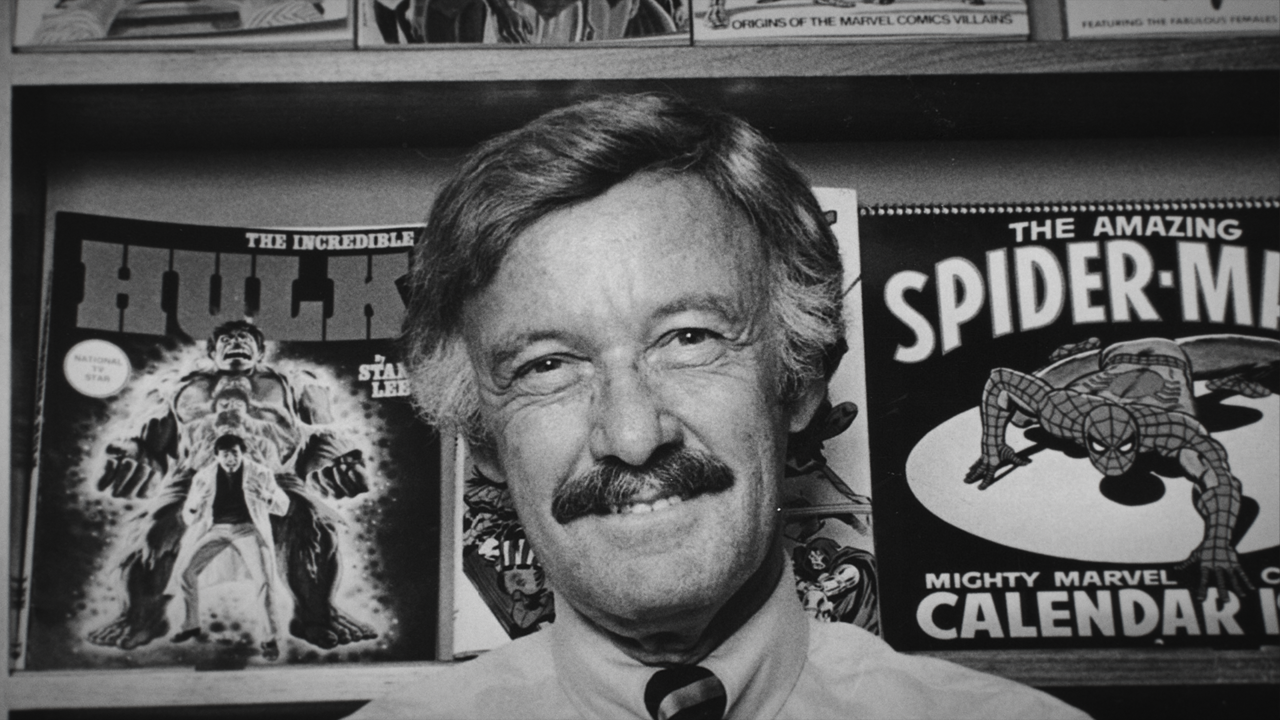
Director David Gelb uses a variety of mediums to portray the inspiring retelling of Lee’s life. He first tries it with clay models, something he does not stick to till the end. As a result, it comes across as quite undercooked. The reenactment with clay models do not go well with the footage and radio clips because Gelb himself did not seem too convinced by the idea. We would see him switching to comic panels for a couple of reenactments. That would have been the safer but more befitting choice of medium. It needed a stronger commitment to the claymation medium, which Gelb did not show.
Gelb also does not stray from the goal, which is to chronicle Lee’s life in the most uplifting way possible. That makes it feel like an opportunity lost as there are many aspects of Lee’s control of Marvel Comics that were conflicting and would have been dramatic. Like the departure of Lee’s designer and co-creator of Spider-Man, Steve Ditko. Another major collaborator of Lee, Jack Kirby, left Marvel for DC due to creative credit issues. There were conflicts and arguments, especially on the subject of “Who is the true creator?” Is it the artist who designs and puts colors into the characters who make the characters visually come alive in front of readers? Or it is the writers, who etch the characters out with dialogues and morality, and of course, with stories. Alas, Gelb steers clear of these aspects of Lee’s Marvel kingdom.
What Gelb does explore well is Lee’s ideology in painting characters. “Stan Lee” concentrates significantly on how Lee changed morality in comic book storytelling, especially his astute take on making comics seem much more realistic. Before him, there has been a clear and distinct line between heroes and villains in American comics. That is how you appeal to young audiences. But, Lee wanted to expand his reader base. He wanted comics to be read by older readers as well.
Lee experimented with this hitherto line that sets heroes and villains apart. He blurred that line. He created fallible heroes and redeemable villains. In fact, he reiterated this in some of the old interviews that the documentary shows. He tried to infuse a little bit of life into this fantasy. Life is not black and white; it is grey. His stories and characters started to reflect the same ethos. In a way, he made comics the serious subject it is today. A subject that sustains a multi-billion dollar industry knowns as Marvel Cinematic Universe.
So, it is fitting that Gelb chooses to end the documentary with a well-crafted montage of Lee’s works in the Marvel Cinematic Universe. The behind-the-scenes footage with the MCU stars and the memorable scenes featuring Lee underline the man’s influence over everything that is Marvel. Lee’s shadow still looms large over Marvel Comics and its Cinematic Universe. “Stan Lee” reiterates that much with this glorifying tribute.


